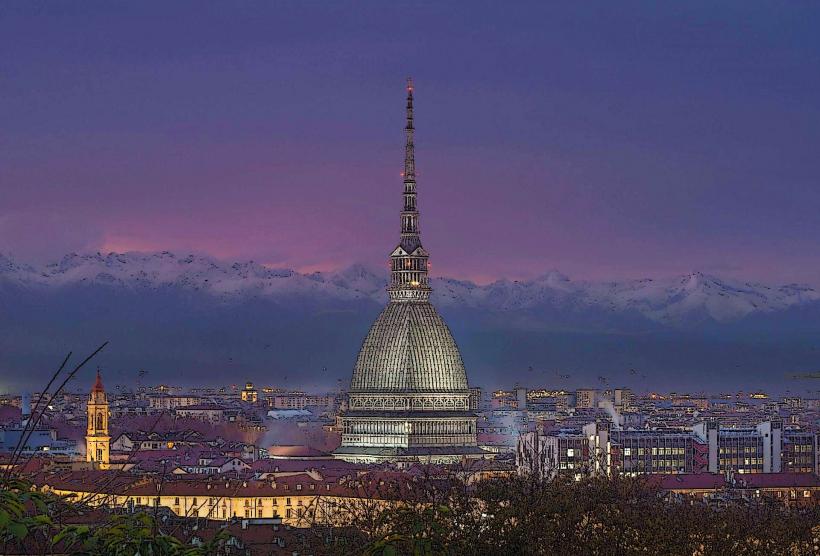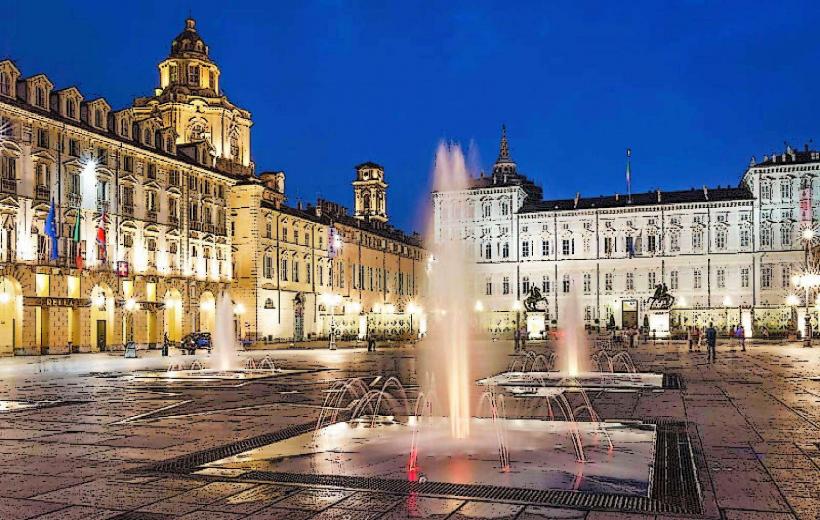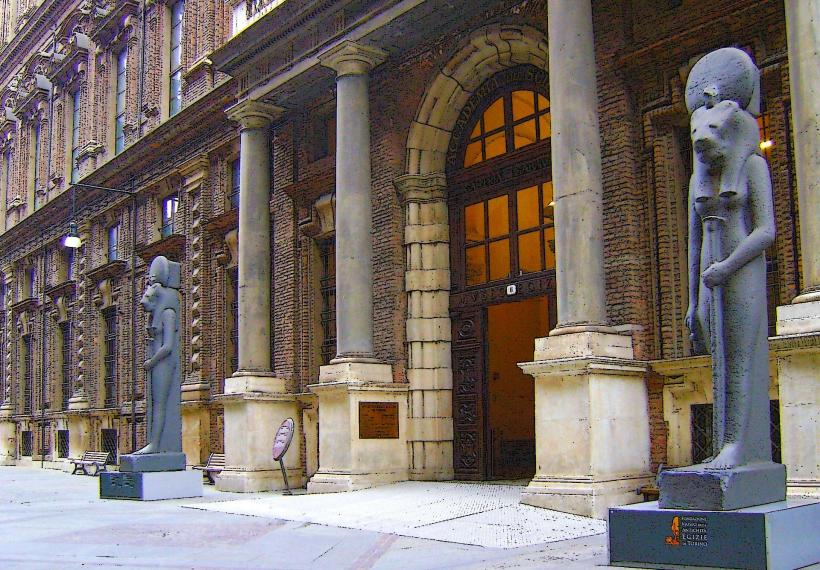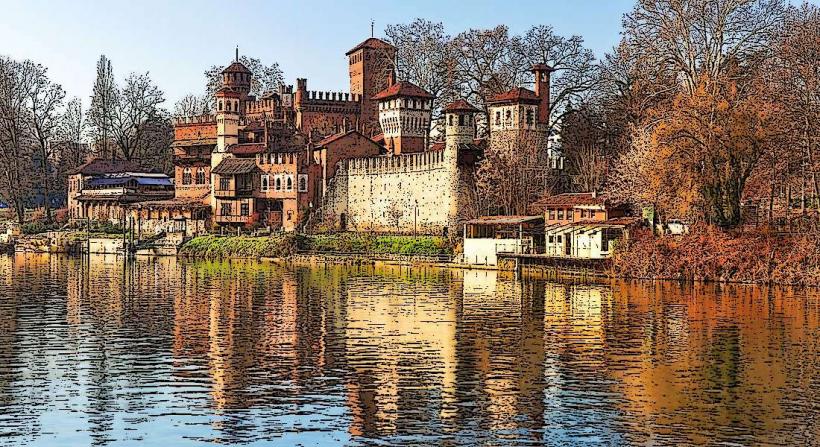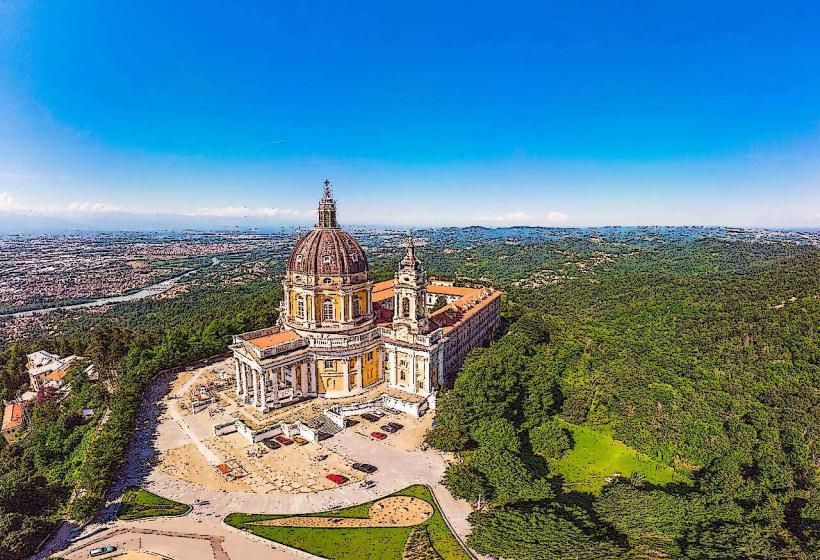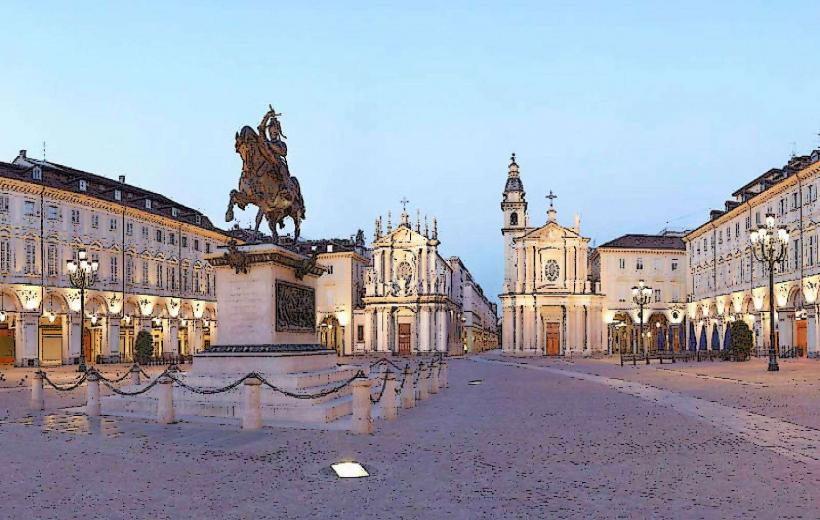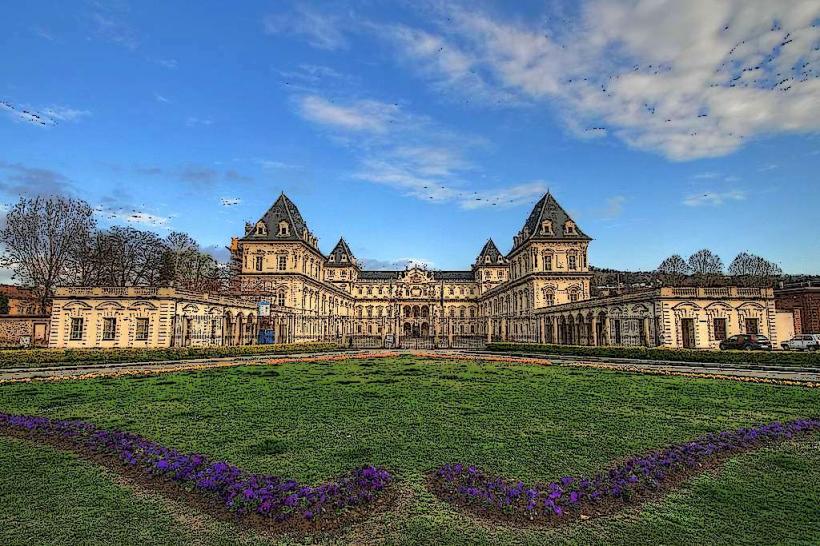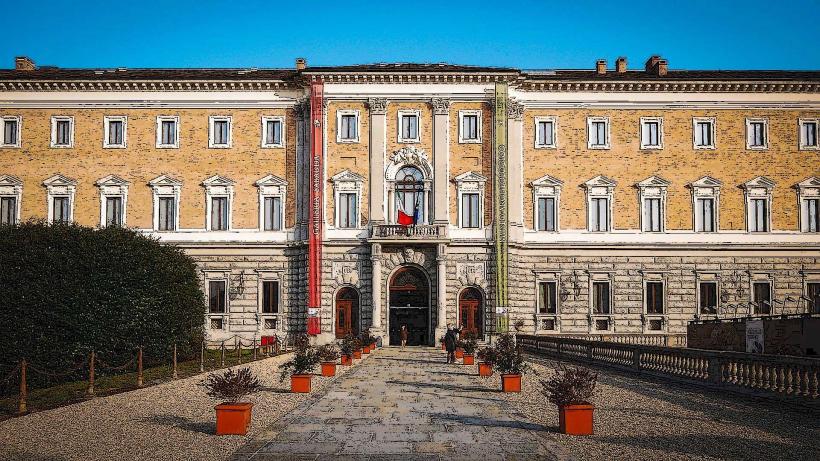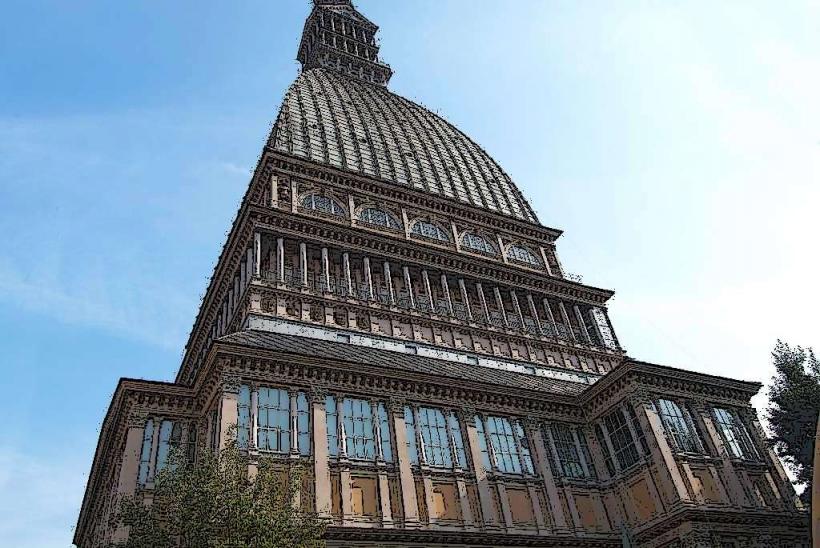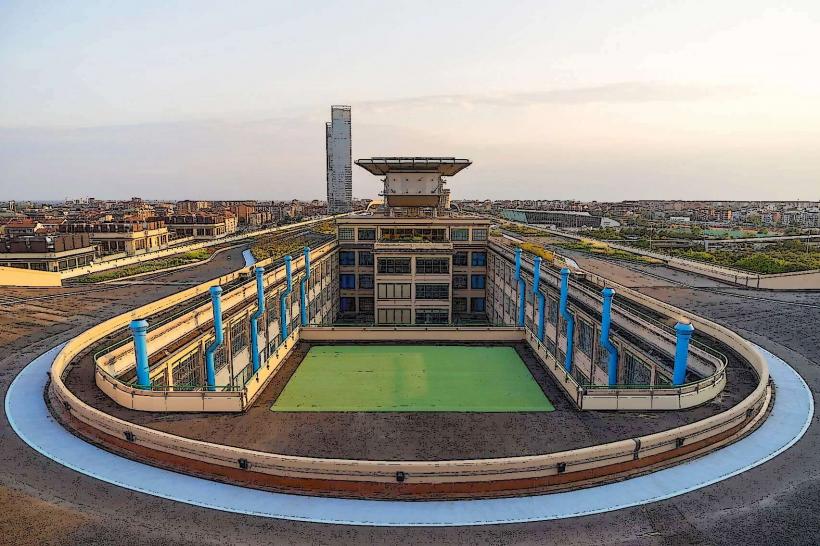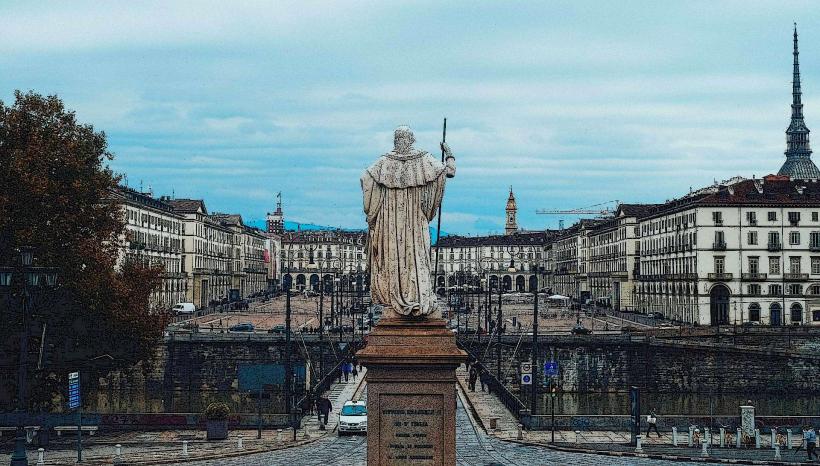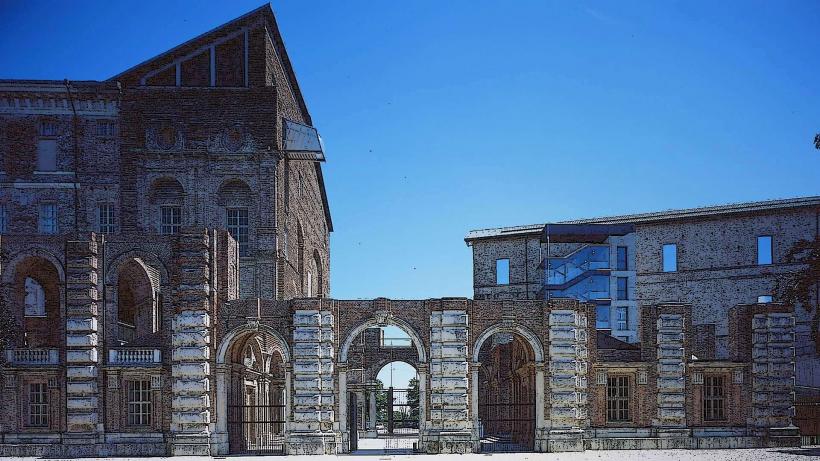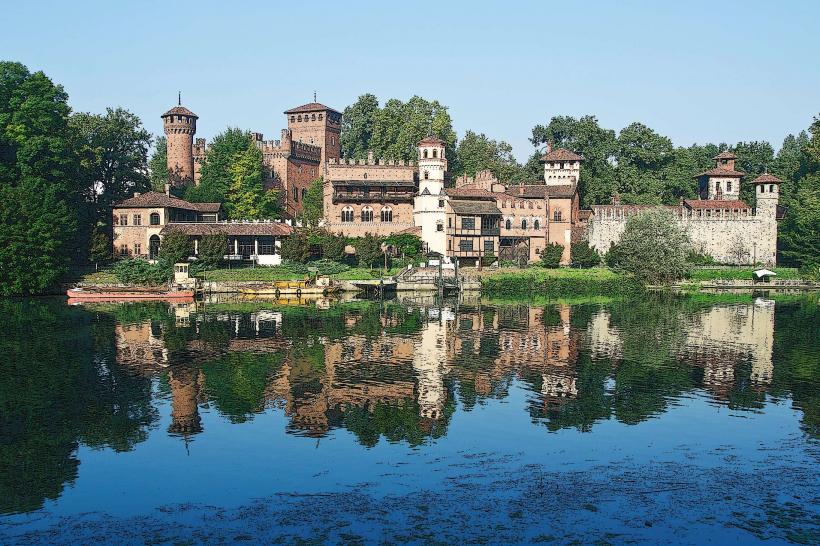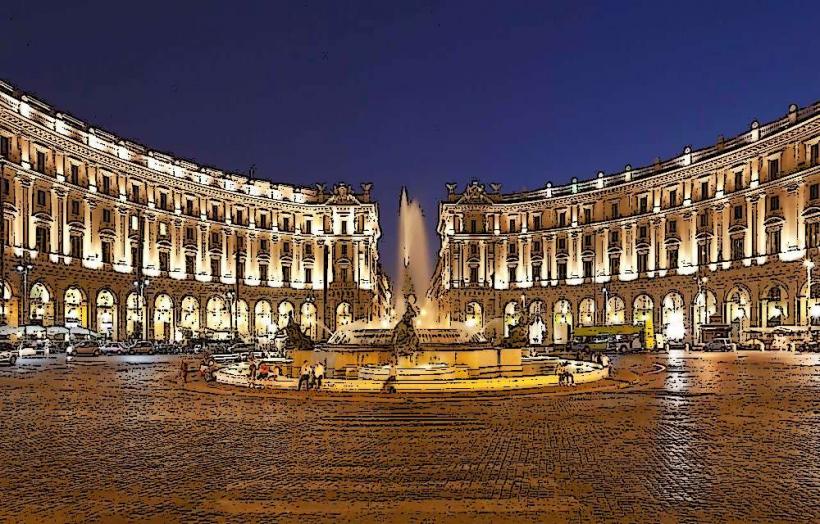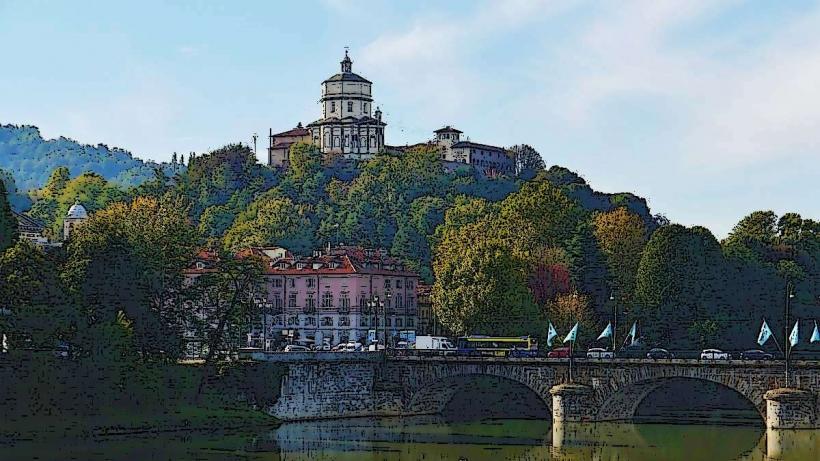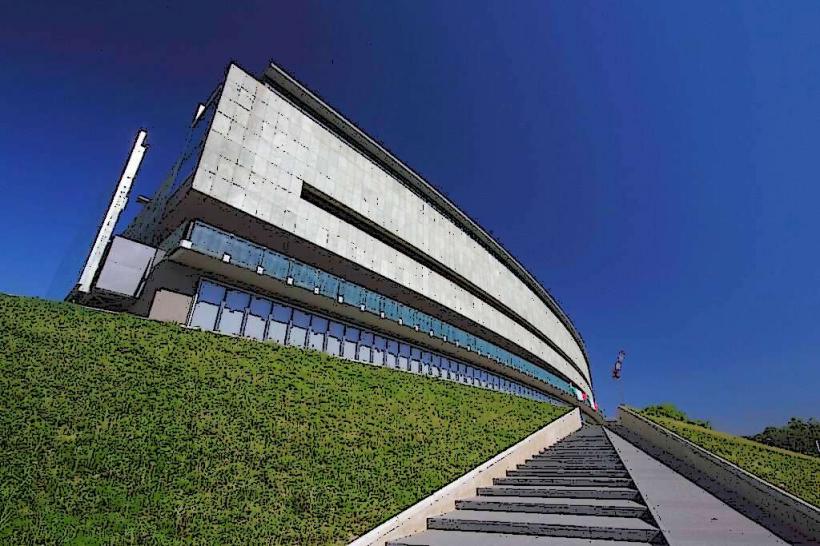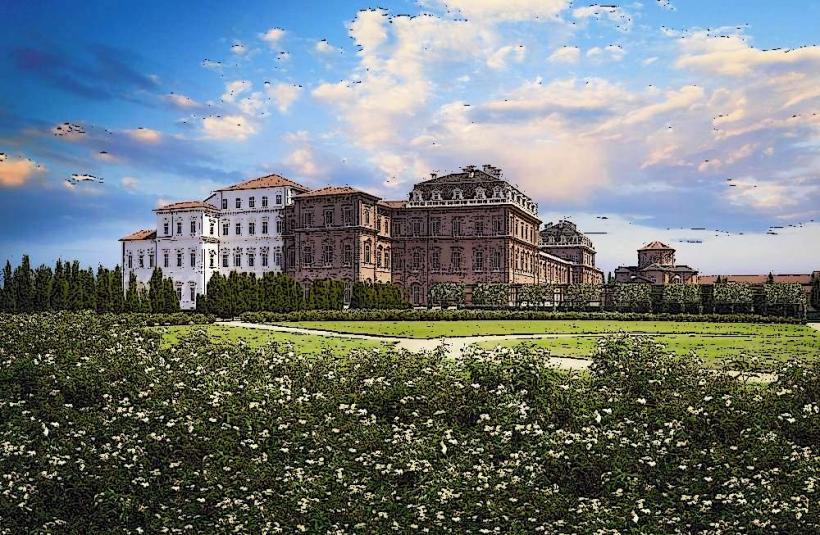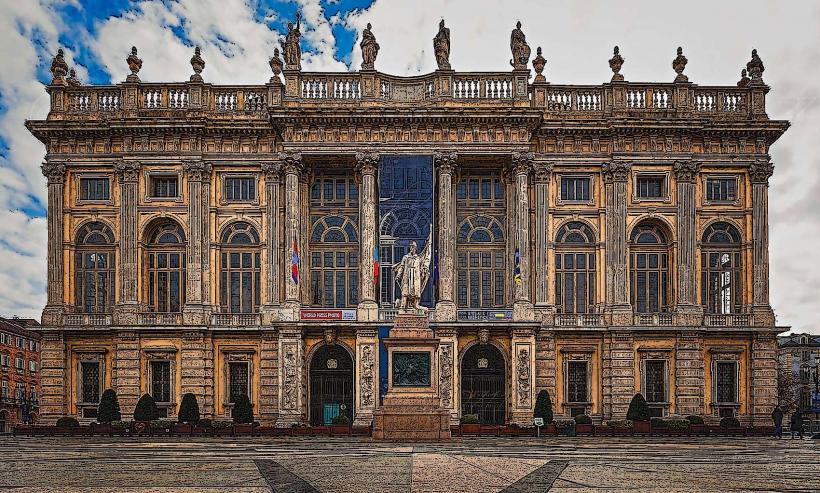Information
Landmark: Cattedrale di San Giovanni BattistaCity: Turin
Country: Italy
Continent: Europe
The Cattedrale di San Giovanni Battista (Cathedral of Saint John the Baptist), also known simply as the Turin Cathedral, is one of the most important and iconic religious buildings in Turin, Italy. It is the seat of the Archdiocese of Turin and is located in the heart of the city, making it an essential stop for both religious pilgrims and tourists.
Location
The cathedral is situated in Piazza San Giovanni, close to Piazza Castello and other historic sites in Turin’s city center. It is a short walk from landmarks like Palazzo Reale and the Museo Egizio, placing it at the heart of Turin’s rich cultural and historical landscape.
History and Significance
Founding and Early History: The first church on this site dates back to the 4th century. Over the centuries, the building was expanded and modified. The current cathedral was completed in 1498, replacing an earlier church and reflecting the evolving architectural styles of the time.
Role as a Cathedral: The Cattedrale di San Giovanni Battista has served as the principal church of the city for centuries, playing a key role in both religious and civic life. It is the seat of the Archbishop of Turin and a focal point for the local Catholic community.
The Shroud of Turin: The cathedral is most famous for being the home of the Shroud of Turin, a relic believed by many to be the burial cloth of Jesus Christ. The shroud has been kept in a special chapel within the cathedral since 1578 and is displayed for public viewing only during rare and special occasions. The Shroud of Turin is one of the most significant religious relics in Christianity and has made the cathedral a destination for pilgrims from around the world.
Architecture and Design
The Cattedrale di San Giovanni Battista is a fine example of Renaissance and Baroque architecture, with a mix of styles reflecting its long history of construction and renovation.
Exterior: The exterior of the cathedral features a simple, austere façade. It was designed in the Renaissance style and is characterized by clean lines and classical proportions. The facade's simplicity contrasts with the elaborate interior, offering a more restrained appearance compared to other Italian cathedrals.
Interior: The interior is Baroque in style, with a central nave and side chapels that showcase magnificent artwork and altars. The cathedral is noted for its elegant and serene atmosphere, with richly decorated ceilings, walls, and altars.
The Chapel of the Holy Shroud (Capella della Sacra Sindone): One of the most famous features of the cathedral is the Chapel of the Holy Shroud. This chapel was designed by the renowned architect Guarino Guarini in the 17th century and is an exquisite example of Baroque architecture. The chapel is dedicated to preserving the Shroud of Turin, which is stored in a specially designed container within the chapel. The chapel itself is known for its stunning architectural details, including an elaborate dome and a harmonious interior with intricate designs and frescoes.
Dome and Bell Tower: The cathedral’s dome, built in the late 18th century, is another key architectural feature. It dominates the skyline of Turin’s historic center and offers panoramic views of the city from the top. The bell tower is also an important feature of the cathedral, rising above the surrounding buildings.
Artworks and Altars: The cathedral contains numerous works of art, including frescoes, paintings, and sculptures by notable Italian artists. Many of the side chapels are adorned with beautiful altars and religious artworks, creating a spiritual and artistic atmosphere.
Religious and Cultural Importance
Pilgrimages and Religious Events: The cathedral attracts thousands of pilgrims each year due to its association with the Shroud of Turin. In addition to its role as a place of worship, the cathedral is also a key venue for major religious events in the city, including Masses, weddings, and funerals.
The Shroud of Turin: While the shroud is not always on display, it is an integral part of the cathedral’s religious significance. The Shroud of Turin has been the subject of intense interest and veneration, and it has played a key role in making the cathedral a major pilgrimage site for Christians. It is stored in the Chapel of the Holy Shroud, which is specifically designed to house and protect it.
Historical Role: Over the centuries, the cathedral has witnessed important events in Turin’s history, including the coronations of various rulers, especially during the time when Turin was the capital of the Kingdom of Sardinia. The cathedral has been at the heart of Turin’s religious and political life.
Visitor Experience
Access and Tours: The cathedral is open to the public throughout the year, and visitors can explore the church, its chapels, and the famous Chapel of the Holy Shroud. Guided tours are available for those who wish to learn more about the history, architecture, and significance of the building.
Quiet and Reflection: Visitors often come to the cathedral not only for its architectural beauty but also for a sense of peace and reflection. The interior’s tranquil atmosphere offers a place of respite from the bustling city.
Events and Services: The cathedral is still an active place of worship. Visitors can attend Masses, prayers, and other religious services. The cathedral also hosts special events, especially during important religious holidays.
Conclusion
The Cattedrale di San Giovanni Battista is a masterpiece of Renaissance and Baroque architecture and remains one of the most significant cultural and religious landmarks in Turin. Whether for its association with the Shroud of Turin, its architectural beauty, or its spiritual significance, the cathedral is a must-visit for anyone exploring the city.

